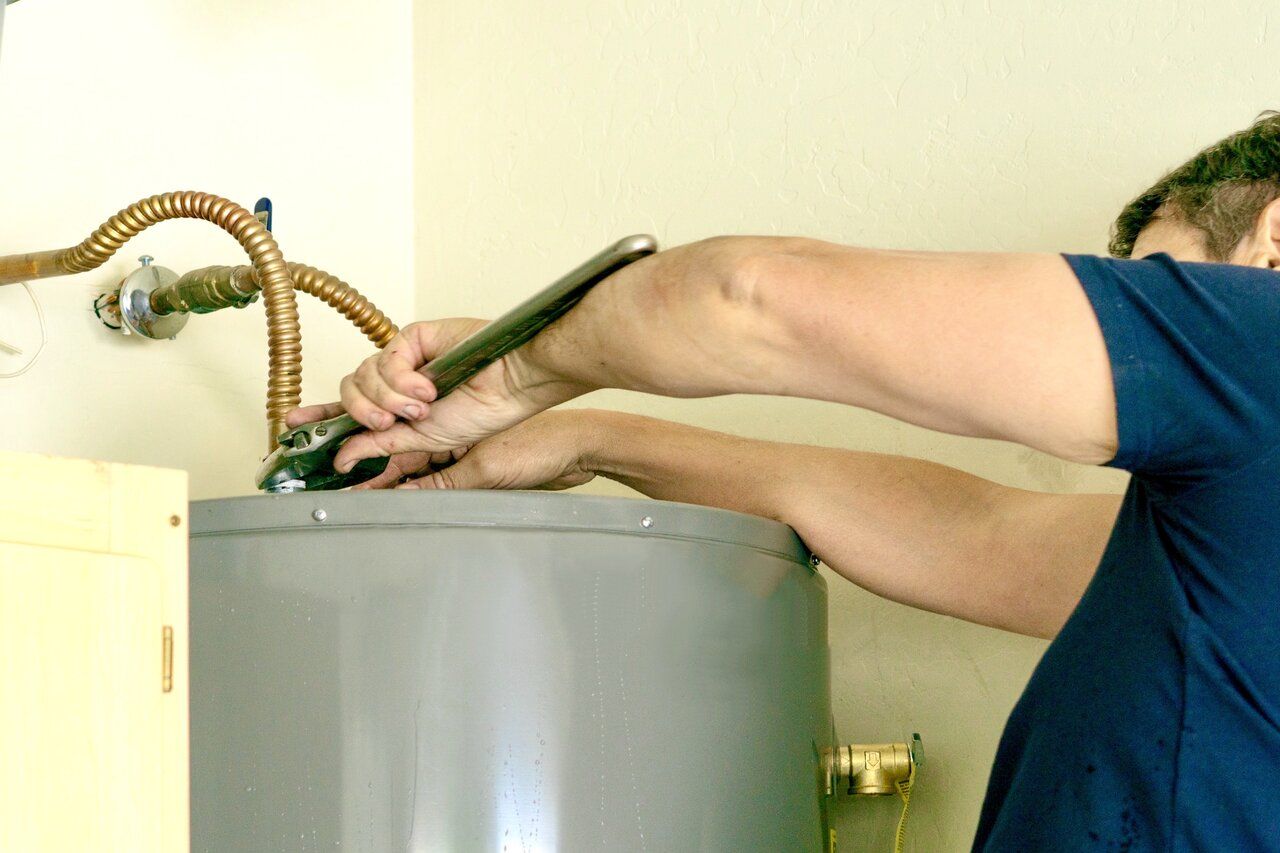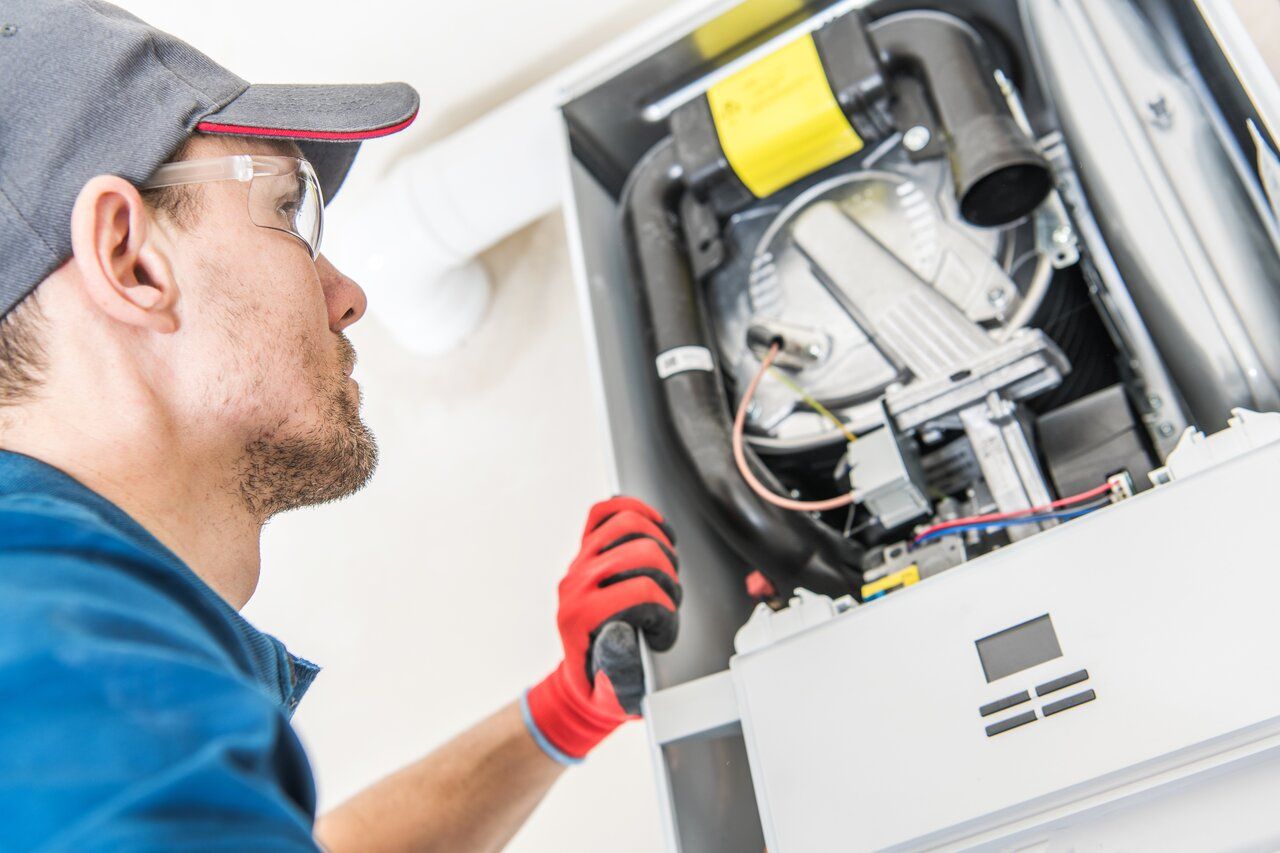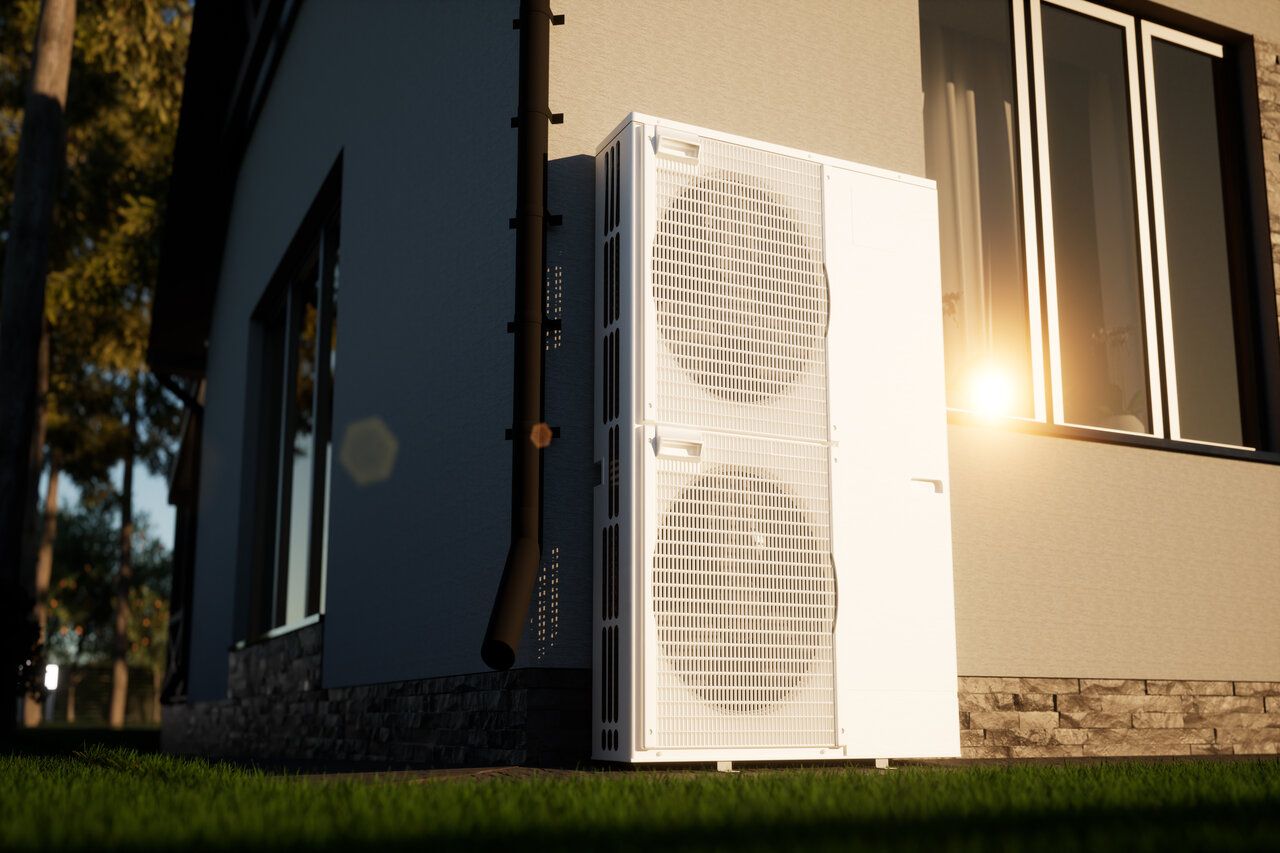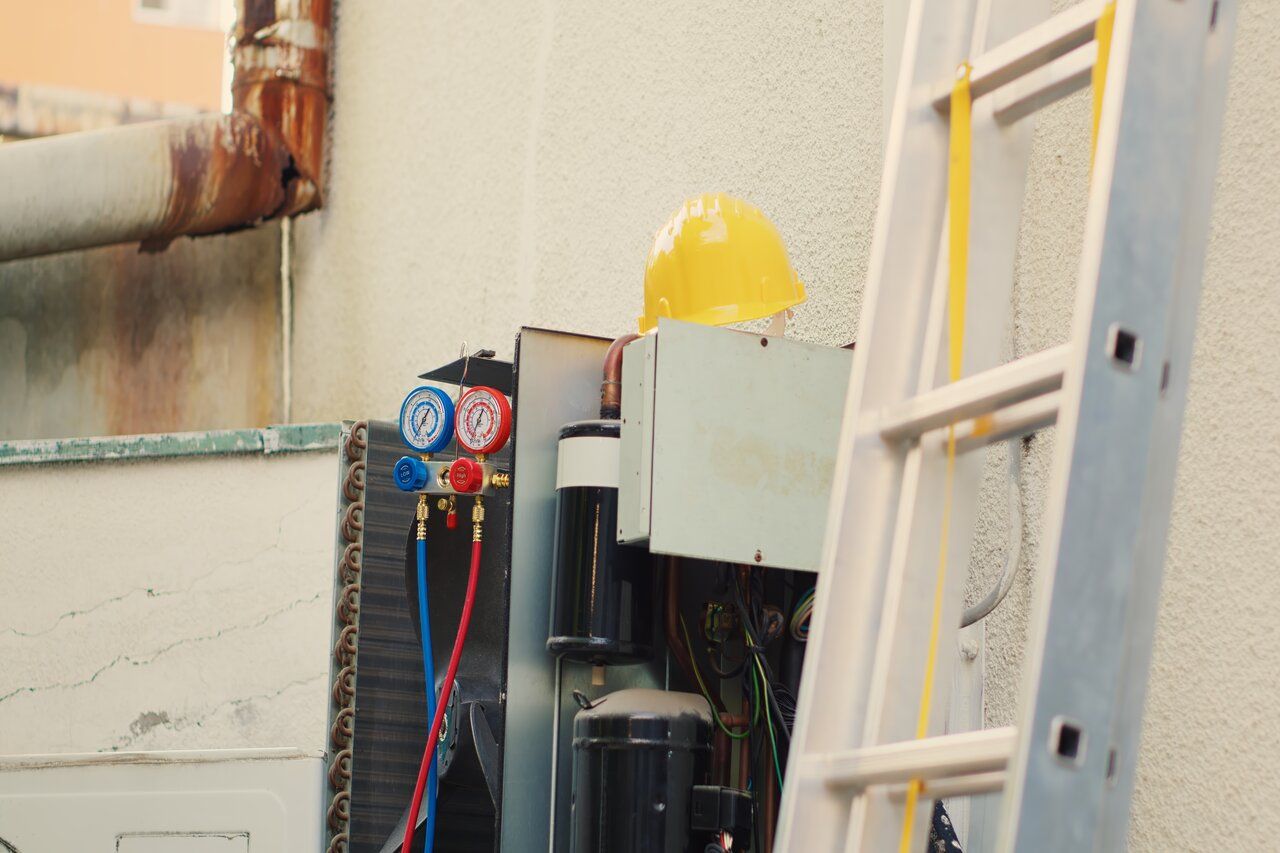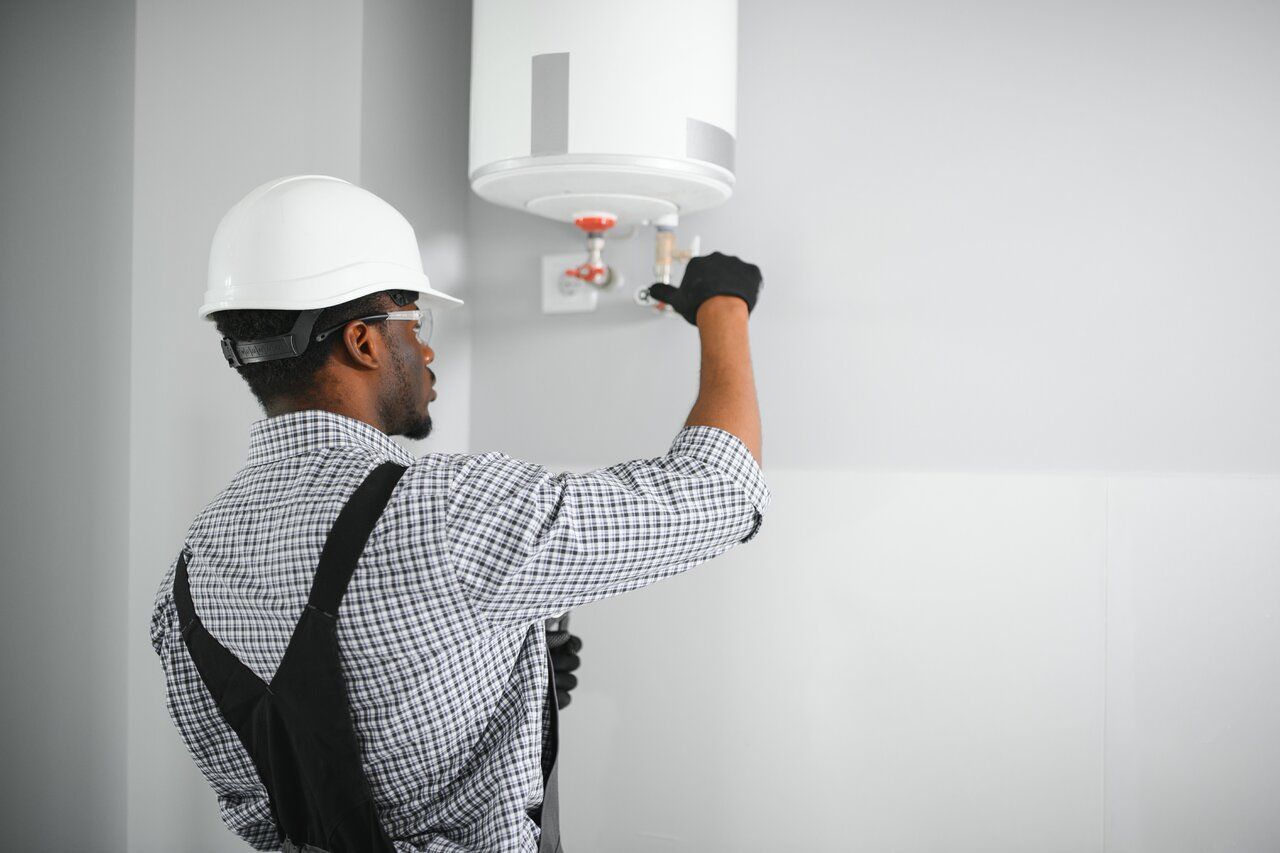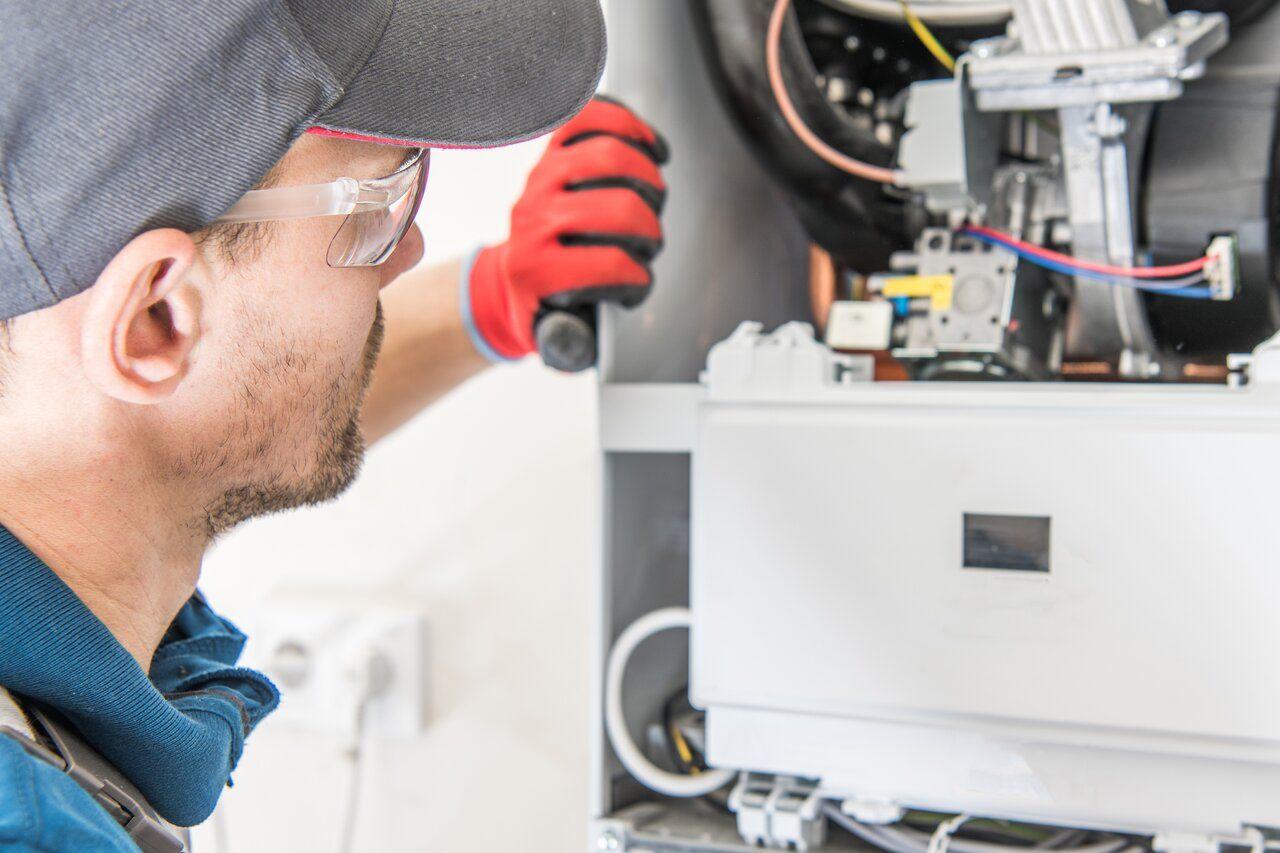
A Comprehensive HVAC Maintenance Checklist
Regular HVAC maintenance is crucial to keeping your heating and cooling system in top condition. It ensures you have a comfortable home environment all year round. Regular check-ups help catch minor issues before they become major problems, reducing the need for costly repairs.
Inspecting and Replacing Air Filters
Inspecting and replacing air filters is one of the most critical tasks in HVAC maintenance. Dirty air filters can obstruct airflow, causing your system to work harder than necessary. This decreases efficiency and can lead to higher energy bills.
- Check the Filters Monthly: Our professionals recommend inspecting your air filters every month. If you hold the filter up to a light and can’t see through it, it’s time for a replacement. Regular checks ensure that your system operates smoothly and efficiently.
- Replace When Necessary: Depending on usage and the type of filter, replacements are usually needed every 1 to 3 months. Neglecting this can lead to poor indoor air quality and strain on your HVAC system. If you have pets or allergies, you might need to replace the filters more frequently.
- Choose the Right Filter: Using the right type of air filter is essential. Some filters are designed to trap more contaminants than others. Higher-quality filters will improve your indoor air quality and help your HVAC system run more efficiently. Consulting our professionals can help you select the best filter for your needs.
Checking and Cleaning Coils
Another vital part of HVAC maintenance is checking and cleaning the coils. Both the evaporator and condenser coils play an essential role in heat exchange. If these coils are dirty, they can’t effectively transfer heat, reducing the system’s efficiency.
- Locate the Coils: The evaporator coil is typically located inside the indoor unit, while the condenser coil is in the outdoor unit. Accessing these components may require removing panels or grilles.
- Inspect for Dirt and Debris: Regularly inspect both coils for dirt, dust, and debris. Over time, these contaminants can build up and impact the coil’s ability to absorb or release heat. A visual inspection can quickly reveal if cleaning is needed.
- Clean as Necessary: Use the appropriate cleaning methods for each type of coil. For minor build-ups, a soft brush or vacuum cleaner attachment can be effective. For more stubborn dirt, our technicians may use a specialized coil cleaner to ensure there is no damage to the delicate fins on the coils.
- Maintain Clearance Around Outdoor Unit: Make sure the area around the outdoor unit is clear of debris, leaves, and grass. Proper airflow is crucial for the condenser coil to function smoothly. Keep at least two feet of clearance around the unit to maintain optimal performance.
Regular coil maintenance keeps your HVAC system running efficiently and can prolong the lifespan of the unit. Ignoring coil cleaning can lead to increased wear and tear, higher energy costs, and uncomfortable indoor temperatures.
Ensuring that air filters and coils are clean plays a significant role in the overall performance and efficiency of your HVAC system. Regular maintenance is vital for keeping your home comfortable and your system in peak condition.
Inspecting and Tightening Electrical Connections
Inspecting and tightening electrical connections is a crucial step in comprehensive HVAC maintenance. Loose or faulty electrical connections can lead to system failures, reduced efficiency, and even pose a fire hazard.
- Check All Connections: Regularly inspect all electrical connections, including wiring, terminals, and circuit breakers. Look for signs of wear, corrosion, or looseness that could cause problems.
- Tighten Loose Connections: Use the appropriate tools to tighten any loose connections. Loose wires can create resistance, leading to higher energy consumption and potential electrical issues.
- Inspect for Damage: Examine wires and connections for signs of wear and tear or any visible damage. Replace frayed or damaged wires immediately to prevent further issues.
- Monitor Electrical Loads: Ensure that the electrical system isn’t overloaded. Overloading can strain the HVAC system, causing it to trip or fail. Adequate distribution of electrical loads is essential for smooth operation.
Conducting these electrical checks ensures that your HVAC system runs safely and efficiently. Neglecting this step can lead to costly repairs, system downtime, and even safety risks.
Testing System Controls
Testing system controls is an essential part of regular HVAC maintenance. The controls manage the overall operation of the system, ensuring that it functions correctly and efficiently. Properly working controls maintain the desired temperature and prevent excessive energy use.
- Thermostat Operation: Start by checking the thermostat. Ensure it accurately reflects the room temperature and responds appropriately to settings. If there are discrepancies, recalibrate or replace the thermostat.
- Control Switches and Relays: Test control switches and relays to make sure they activate as expected. Faulty switches can prevent the system from turning on or off, leading to irregular heating or cooling.
- Safety Controls: Verify that all safety controls are functioning. Safety controls prevent the system from operating under dangerous conditions. Check all sensors, limit switches, and emergency shut-offs.
- System Communication: Modern HVAC systems often use advanced controls that communicate between indoor and outdoor units. Ensure these communication lines are intact and functioning, preventing miscommunication that can halt the system.
- Operational Testing: Lastly, perform an operational test by running the system through a complete cycle. Observe its performance and listen for any unusual noises that might indicate issues.
Testing the system controls is vital for ensuring reliable operation. By regularly verifying that all controls are working correctly, you help maintain the comfort and safety of your home.
Conclusion
Regular HVAC maintenance is essential for keeping your system running efficiently and effectively. By following a comprehensive checklist, you ensure that all aspects of your HVAC system are in peak condition. From inspecting and replacing air filters to testing system controls, each step plays a critical role in maintaining optimal performance.
Don’t overlook the importance of consistent maintenance. Proper care extends the lifespan of your system, lowers energy costs, and ensures a comfortable home environment. Ignoring these tasks can lead to unexpected breakdowns and costly repairs.
For thorough and professional HVAC services in Eagle Mountain, trust One Stop Heating and Air Conditioning. Our experts are ready to help you with your HVAC maintenance needs. Contact us today to ensure your system remains in top shape all year long.
